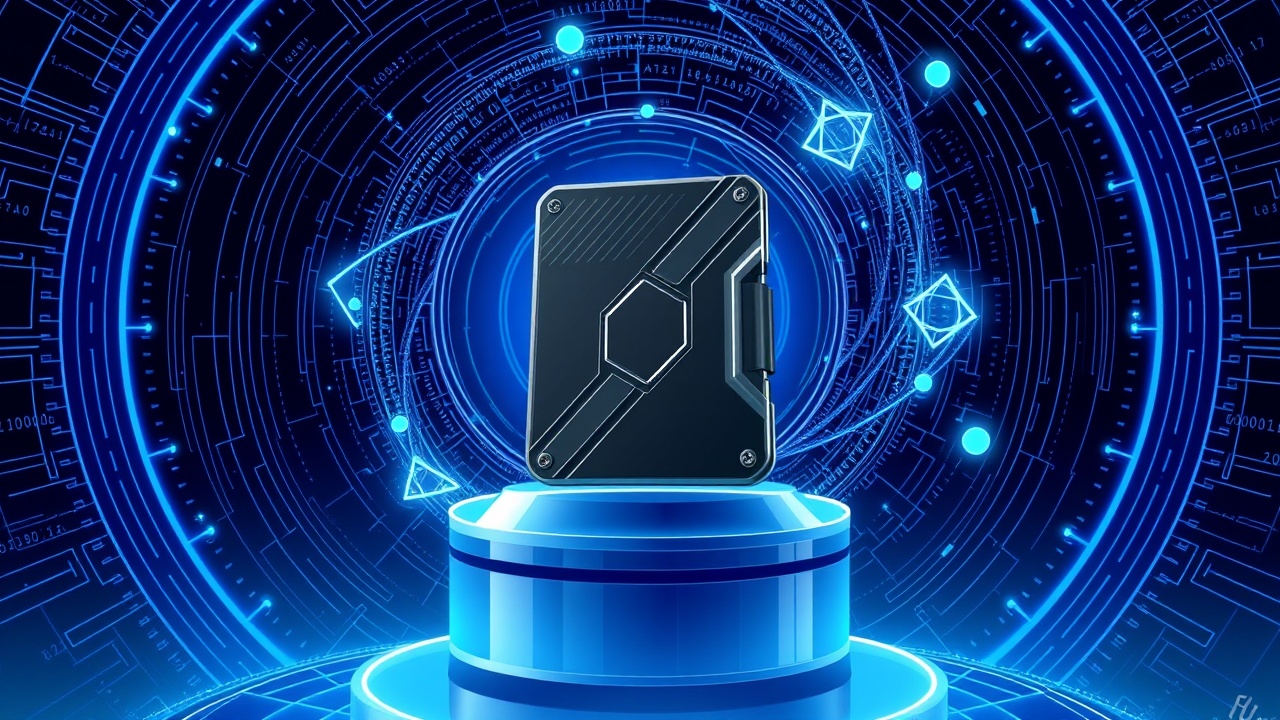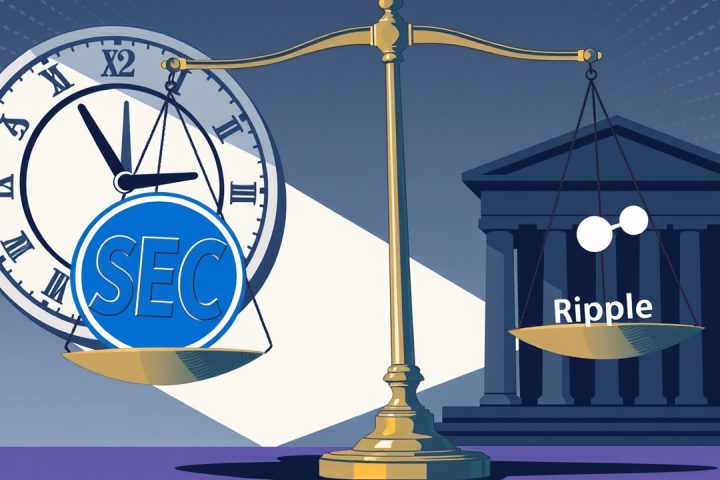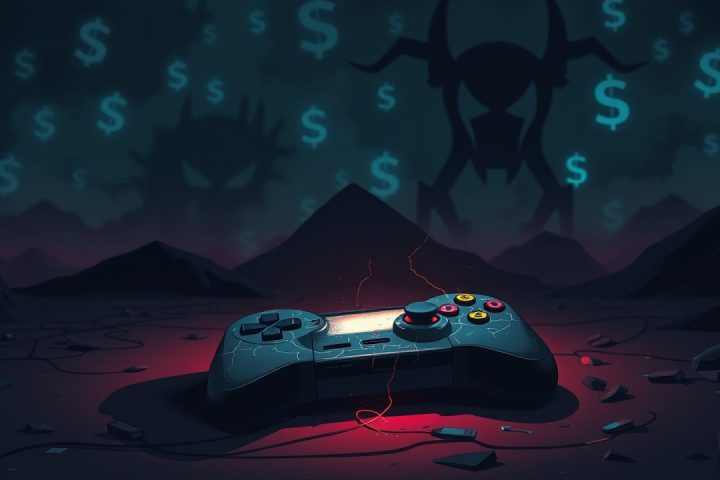Introduction to Trezor Safe 7
In a significant development for cryptocurrency security, Trezor has introduced an advanced version of its hardware wallet, the Trezor Safe 7, designed with future threats in mind, particularly the rise of quantum computing. Tomáš Susanka, the company’s chief technology officer, emphasized the proactive approach of the new device, stating:
“We are preparing for not only the threats we face today but also for those on the horizon.”
Quantum Computing Threats
The rise of quantum computing poses a potential risk to existing cryptographic standards, with the ability to decode digital keys at unprecedented speeds. This new wallet features an innovative architecture that is deemed “quantum-ready,” featuring a hybrid signature scheme that integrates both classical and post-quantum cryptographic techniques. Susanka added:
“When the day comes that quantum-safe algorithms are necessary, Trezor devices will be equipped to adapt without requiring users to shift to a different device.”
Current Security Landscape
While the quantum threat is anticipated to emerge over the coming years, existing dangers to cryptocurrency holders are already severe. According to blockchain analytics company Chainalysis, more than $2.17 billion has been stolen from crypto services as of mid-2025, with a record $1.5 billion taken in a hacking incident related to ByBit earlier this year. If current patterns persist, the total amount stolen might surpass $4 billion by the end of the year, with personal wallet breaches now accounting for over 23% of those losses.
The rise in security breaches has prompted users to shift towards self-custody solutions rather than relying on exchanges and custodial wallets, which have faced significant scrutiny following various high-profile failures. Susanka noted:
“As users become increasingly aware of security vulnerabilities, many are choosing to manage their own digital assets securely.”
Innovative Features of Trezor Safe 7
One notable feature of the Trezor Safe 7 is its open-source Secure Element, the TROPIC01 chip, which aims to improve transparency. Susanka explained:
“Historically, the secure elements safeguarding private keys were often treated as ‘black boxes’ that users had to trust without any insight. TROPIC01 changes that dynamic.”
Physical Security Concerns
However, threats to cryptocurrency extend beyond the digital realm, as incidents of physical attacks, referred to as “wrench attacks,” have escalated. Reports from France detail disturbing kidnappings tied to cryptocurrency wealth, including a case where a crypto entrepreneur’s father was abducted and tortured in exchange for access to funds. In Singapore, a former military diver confessed to obtaining $1.7 million by covertly recording a cryptocurrency seed phrase.
TRM Labs reports that an astonishing 70% of the stolen crypto last year stemmed from compromised private keys and seed phrases, underscoring the urgency for users to exercise greater caution. Susanka proposed several security strategies for cryptocurrency users, including:
- Adoption of hardware wallets
- Ensuring robust backup measures
- Verifying transactions directly on the device
- Staying updated on best practices
- Utilizing only trusted support channels
“By integrating these practices, users can safeguard their assets from both physical and digital threats,” he concluded.




